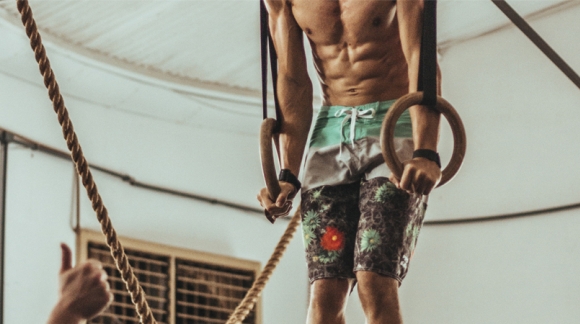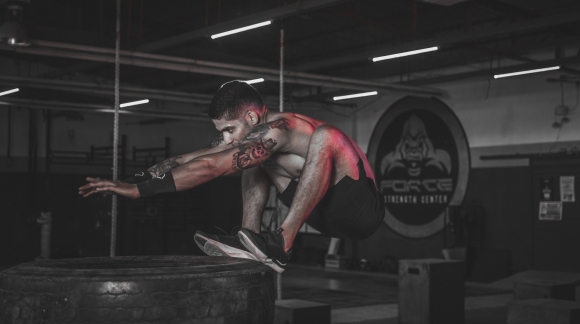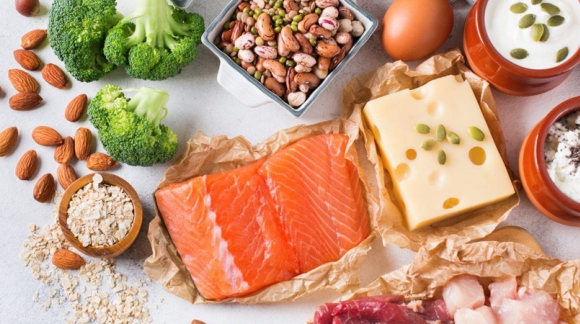Kettlebell - exercises for beginners
The diminutive names of "teapots" are undergoing a renaissance at this point - we are talking about kettlebell ball weights, which look like a cannonball with a handle and are a great tool for training the whole body. The training program enriched with kettlebell exercises will make the effects will not take long and will bring a "breath of fresh air" into the current routine. It will also be a new training stimulus, especially if your training has been more static than dynamic so far, and this will certainly contribute to faster progress.
What effects can you expect from kettlebell training?
Kettlebell is just a training tool. Depending on how you use it, you can work on different effects. You can burn fat, shred your figure, build strength, develop muscle mass, improve mobility, and make your muscles be more flexible. You can use ball weights in your main training or as supplementary training / motor preparation for other sports. It's all a matter of programming and training periodization.
Advantages of kettlebell training
You only need one ball
Despite its simplicity, and in fact thanks to its simplicity, it is a very universal tool - you can do full training on a few square meters with one kettlebell. The first thing that comes to the fore here is a great convenience - the ball can be easily packed in the car (while taking the farmer's walk) and take it wherever you want - on vacation or business trip. You don't need a fully equipped gym to do a great workout. Admit that the barbell would be hard to pack in the car.
Whole body training
The great advantage of crutches training is that it is comprehensive. It forces the involvement of as many muscles as possible at one time, so we can count on quick results.
At first glance, it seems that mainly the arms are working when training with kettlebell weights. When doing exercises with kettlebells, we must also engage the muscles of the back, abdomen and legs to be properly performed. You decide what training you do - you can focus mainly on training the legs, abdomen, buttocks, arms, but you will certainly also use other muscle parts. There is no place for isolated, typically bodybuilding exercises.
Ballistics, balance, central stabilization
In kettlebell training, movements based on strokes, balance and ballistics are characteristic, which we do not do with barbells and dumbbells. If you do them properly - you also work on your central stabilization and motor coordination. It is a great tool for strengthening the back muscles, which are often (more in the case of ladies) overlooked. During your first training sessions, you learn about muscles that you have not felt before.
Asymmetric work
It can be useful in the case of certain posture or figure defects thanks to the possibility of working with one hand.
Kettlebell training - for whom?
For everyone! There are definitely no restrictions - neither age nor sex. Of course, as in all sports, health problems can exclude this type of training - consultation with a doctor and / or physiotherapist is recommended. However, our "limitations" can often be included in our training plan, and the plan may be modified in this regard.
At the moment, even small children take part in, for example, kettlebell competitions.
Is kettlebell training recommended for women?
Won't the woman's body change shape too much and the muscles grow too much? Every woman should try kettlebell training. Thanks to the work of the whole body, you don't have to wait long for the effects. It is an ideal training tool for women, because without excessive growth of muscle mass, you can increase strength, overall physical fitness, slim the body, and with properly selected exercises and the correct technique, strengthen the more demanding muscle parts for women - buttocks, legs, abdomen.
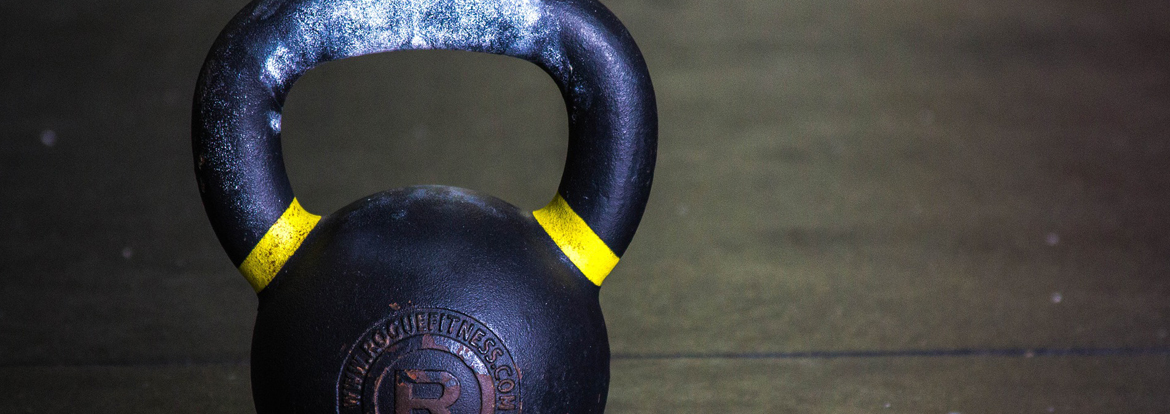
How to start kettlebell training?
Warming up
Warming up is to prepare our body for further work and never forget about it! Do some basic exercises that get all your joints moving, do mobilization exercises, and exercises that will be in the main body but light weight.
Load
If you haven't practiced kettlebells before, start with the smallest weights. After all :) Even if they seem 'ridiculously' light - if you perform exercises characteristic for kettlebell training such as swing, snatch, turkish get up, which you have not done so far, your muscles will surely feel it. Increase the weight of the crutch when you feel technically confident and know that you are engaging all the muscles that should be working at that time, especially the back and abdominal muscles. If you want to gain more strength quickly, you can help yourself by taking supplements. Creatine and WPC protein are especially recommended.
Technique
Learn the basic kettlebell technique -Before you start thinking about how many repetitions should be done in an exercise, think about how many repetitions you can do correctly. Use your first training sessions to calmly implement the basics, develop body awareness, and when you have the correct technique, you can do anything. Here, in particular, I recommend training with a trainer or in group kettlebell classes, at least for the beginning, to just work on it. Proper breathing is also especially important - many tips from the trainer / instructor would be very useful!
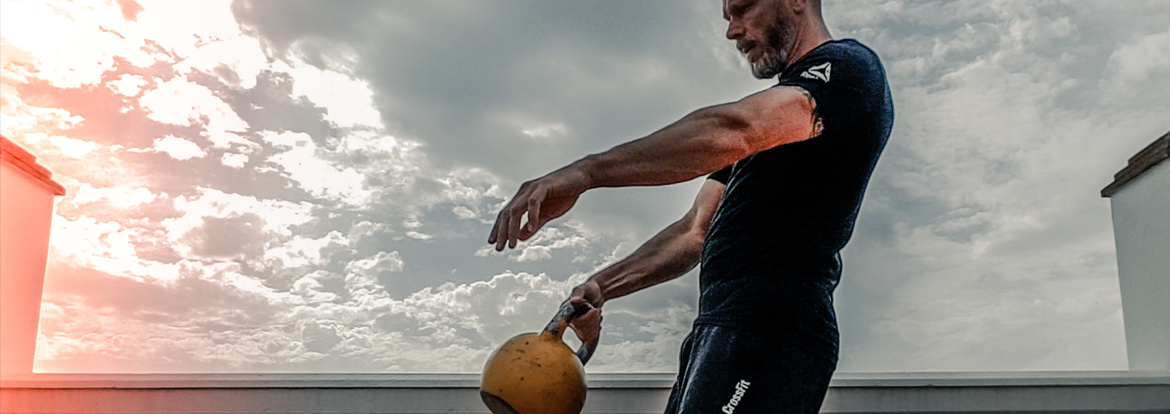
Beginner kettlebell exercises
Exercises with kettlebells can be performed with one or both hands, in different ways of holding, with one or two kettlebells.
Before you move on to doing exercises that are characteristic of this sport, use the ball for example for deadlifts or squats.
1. Kettlebell Deadlift
- place the ball between your feet
- grab the ball with both hands by the handle making a bend in the hip joints and a slight bend of the knees (lean your torso forward
- keeping your arms straight, back straight, shoulder blades tightened, abdominal muscles tensed, lift the ball from the floor straightening your hips and set aside in the same way
2. Goblet Squat
- grab the weight with both hands (the ball turned 'upside down') by the handle on the sides or by the ball itself
- get down to the squat keeping your back straight, active abdominal and back muscles
- in the lower position, the elbows and the ball between the knees
- try not to lean forward
3. Kettlebell High Pull
- similar to KB Deadlift, lift the ball up
- keeping the shoulder blades pulled down, the shoulders lowered, raise the ball up so that the ball handle is under the chin and the elbows even higher
- maintain a vertical posture
4. Kettlebell Swing
- place the weight in front of you in such a way that it forms a triangle with your feet (not too close, but in such a way as to keep your shoulders lowered, shoulder blades pulled down, arms straight)
- flexion in the hip and knee joints, tilting the torso so that the shoulders are higher than the hips
- grab the ball handle
- swing the weight backwards between your legs, but upwards (not on the floor), and then forwards so that it is in the line of your eyes
- repeat the movement back and forth, keeping the back and abdominal muscles tense
These are exercises for beginners, I encourage you to become interested in exercises such as Clean, Press, Jerk, Snatch, Turkish Get Up, which will be perfect for people who are aware of their body, know the basics and are already training.
A Fun Fact!
There are two styles of kettlebell training - HardStyle and Girevoy Sport. These trainings differ significantly from each other.
Characteristics of Hardstyle are rather fewer repetitions, heavier weights, maximum power use and maximum muscle tension.
Girevoy Sport, on the other hand, is characterized by economy of work - so as to perform the largest number of repetitions in a longer time using the least amount of energy. This type of training definitely develops endurance more.
Both styles differ in the technique of performing the exercises.
Author: Klaudia Ptak Unbroken Store Crew
MA in dietetics, personal trainer, fitness trainer, pilates instructor, kettlebell trainer, International Judge of the WKSF. I am specialized in clinical dietetics. I help people with health problems such as autoimmune diseases, thyroid diseases, hormonal disorders, glucose-insulin disorders. I also work with athletes such as CrossFit players, ultramarathoners, triathletes, volleyball players and footballers.


